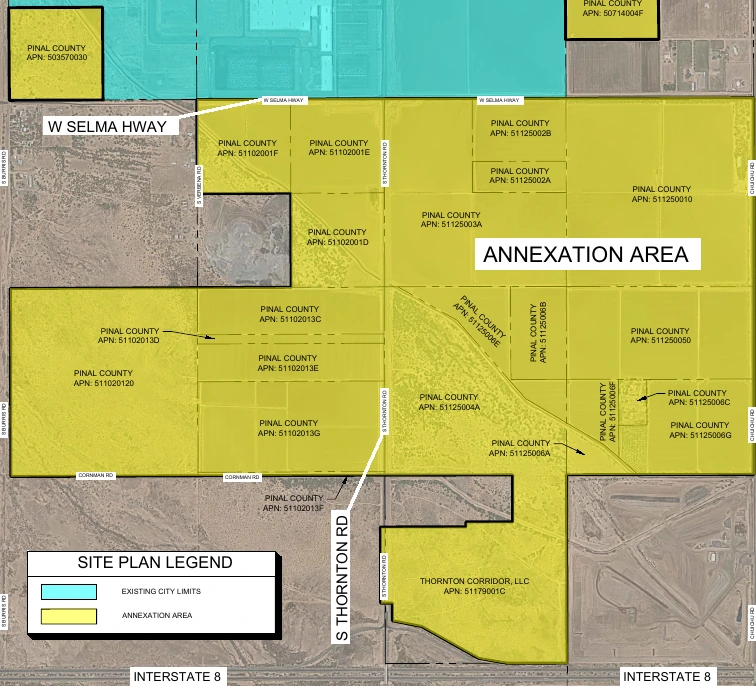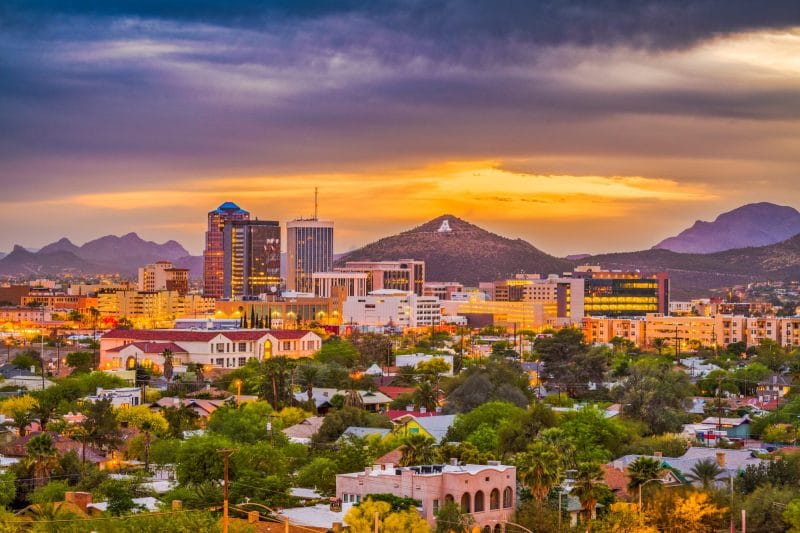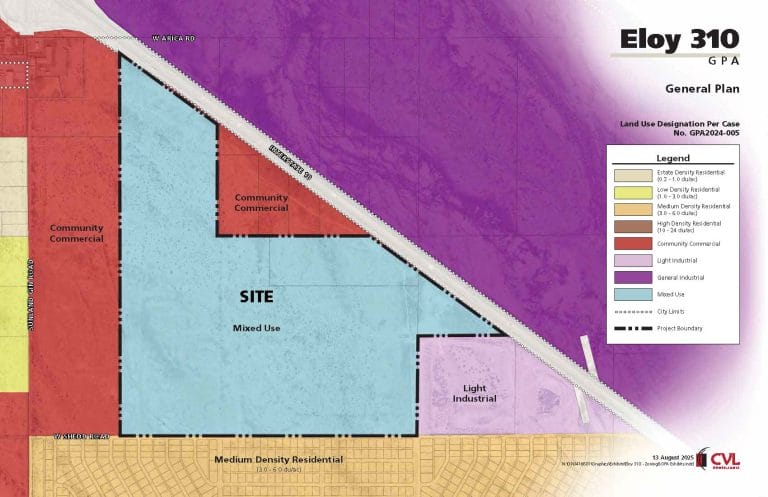
By Andrew Nicla | The Arizona Republic
As decades of drought persists, water leaders in Arizona and other states that depend on the Colorado River are working on a plan to adjust what could be a new normal they say is fueled by climate change. This time, they’ll be working with less water.
Over the next couple of years, dozens of water stakeholders will work to meet a series of deadlines and hash out water cutbacks in times of shortages beyond 2026. They’ll build upon work laid out in the Drought Contingency Plan, a bipartisan interstate effort that is intended to artificially boost levels in Lake Mead, the reservoir on the Arizona-Nevada border.
Colorado River Basin states and Mexico benefited from their shared cuts in the DCP and a wet winter that brimmed some reservoirs, stabilizing Lake Mead and bringing it to levels higher than two years ago. But Arizona water leaders say they recognize that luck and their short-term plan will only last for so long, as two-decades of drought continue and as river flow projections trickle in.
Between now and 2026, the largest water users in these states will have to again decide who will cut back and how much they will cut back in times of shortage – and they’ll likely have less water to work with.








